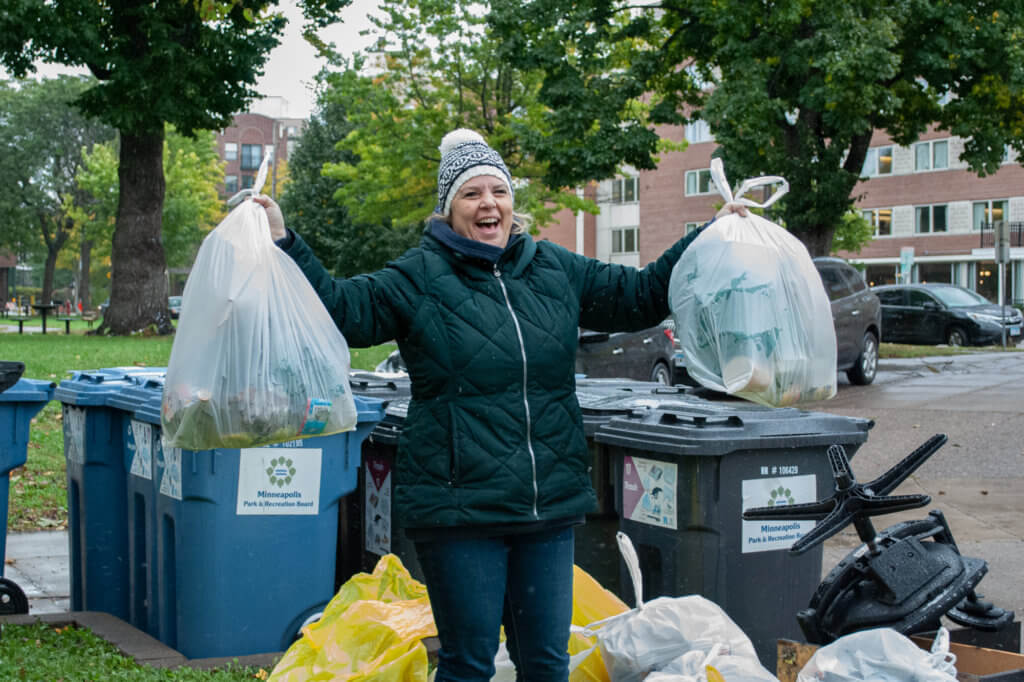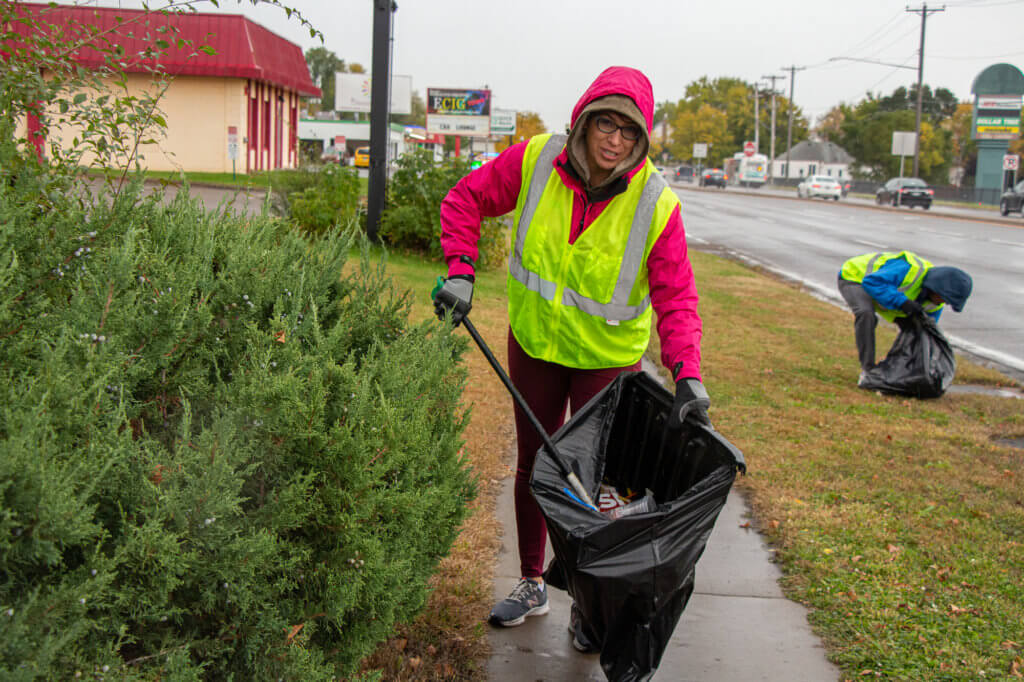News
Cleaning the Streets Before the Snow Flies
Wed, Nov 20, 2019As leaves fall and the weather turns brisk, Minnesotans know all too well that winter is fast approaching. That thick layer of colorful leaves might be hiding another problem for our streets and waterways: litter.

Americans generate an enormous amount of waste each year, and the trash that most commonly ends up in the gutter is from common consumer goods like plastic bags and fast-food containers. In 2014 alone, Americans generated 258 million tons of waste, and only about a third of it was recycled or composted.
Litter that builds up in the streets and washes into storm drains will eventually end up in nearby lakes and streams. Once it’s there, pollution does serious damage to the environment. Birds and fish eat trash, creating toxic chemicals in their tissues, eventually filling their stomachs and causing starvation.
In the Twin Cities metro area, lakes and streams are already in trouble for myriad reasons including litter, fertilizer, pesticides, sidewalk salt, and more. Of the waterways assessed by the Minnesota Pollution Control Agency, only 37% meet water quality standards for aquatic life, and a mere 50% meet water quality standards for aquatic recreation.

Building community connections, one block at a time
Around the Twin Cities, neighbors are banding together to tackle the problem of litter. In early October, dozens of Litter Be Gone clean-up events were held around Minneapolis. Litter Be Gone started in 2018 as a partnership between the Alliance for Sustainability and the City of Minneapolis to reduce litter and raise awareness of the problem litter creates when it ends up in storm drains and waterways. Volunteer clean-up teams organized by neighborhood organizations, schools, and businesses coordinated their efforts to make a big dent in the city’s litter problem.
While the task of scooping garbage out of the gutter is a humble one, it takes on a greater meaning to many participants. At a Minneapolis Litter Be Gone event in the Elliot Park neighborhood, 125 people volunteered to clean-up the streets. The majority of participants came from nearby social service organizations including RS EDEN and Minnesota Adult and Teen Challenge.
Kim Forbes has worked for MN Adult and Teen Challenge for over 20 years, and she has served on the board of the Elliot Park neighborhood group for just as long. She sees Litter Be Gone as a way for local social service organizations to give back to the community. “Sometimes people don’t view these organizations as favorably as residential buildings with renters or homeowners,” she said. “We want to give back and help beautify the neighborhood. This gives our residents an opportunity to do something positive.”

Across town, HeightsNext, a neighborhood group in Columbia Heights, hosted their own fall street clean-up event along the busy thoroughfare of Central Avenue. Thirteen volunteers braved a blustery fall day to pick-up litter as part of the group’s mission to clean up the city.
HeightsNext grew out of neighbors’ desire to beautify the city through clean-up events and native gardening. HeightsNext President Amada Márquez Simula notes that, when the group first organized, they called themselves the “Green Up Committee.” She deeply values community connections that come from volunteer service, and she helped found HeightsNext six years ago.
Today HeightsNext is focused on promoting community building and sustainability. Amada is inspired to give back to her community for a simple reason: “It helps me sleep at night. There are so many things in the world that I feel hopeless about, but this helps me feel like I’m doing something. If I don’t do it, who will?”

Adopt a Drain in your neighborhood
One of the best ways to help combat the problem of litter in our waterways is to consume less. Everyday decisions can help combat unnecessary packaging, reducing the risk of plastics and litter ending up in the gutter. Opt for dining in rather than carrying out food, bring your own containers to restaurants for leftovers, carry a reusable water bottle, and don’t forget a fabric bag for grocery shopping.
You can help keep your neighborhood litter-free year-round by adopting a storm drain. Start by searching for your address on adopt-a-drain.org to find a drain near you. By committing just 15 minutes of your time twice a month to sweep up leaves and trash, you can help keep your neighborhood clean and our waterways healthy. Across the metro, volunteers have kept over 140,000 lbs of debris out of lakes and streams.


